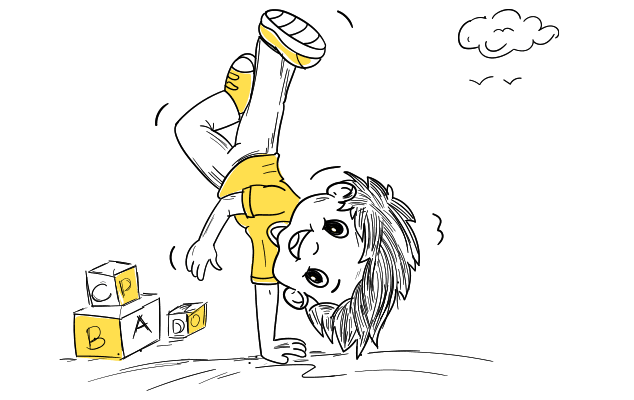Dysgraphia
“The secret of getting ahead is getting started.”
– Agatha Christie,
author, has dysgraphia
(Dictated her work


What is Dysgraphia?
Dysgraphia is a learning disability that involves difficulty in handwriting. Mostly, children with dysgraphia usually end up writing very slowly, their handwriting may be illegible, and they may make numerous spelling errors because of their inability to match up sounds and letters.
This difficulty may occur due to neurological issues. The child may face difficulty in fine motor activities too like colouring, tracing, holding a pencil, etc.
For more information on Dysgraphia

Indicators of dysgraphia
There are a lot of behaviours associated with Dysgraphia. While it may be different for each person there is a common pattern to the symptoms that one can watch out for
- Illegible handwriting
- Slow in writing
- Frequent spelling errors
- Macro or micro-sized letters
- Poor line spacing.
Difficulty putting their thoughts into writing etc.


Why is it important to diagnose?
Writing problems may also be associated with persistent academic struggles and low self-esteem, which can persist in adulthood also. Early detection and identification of such problems, help the child to receive specialised interventions and overcome his or her writing difficulties. This may boost the child’s self-confidence and improves the overall school performance.

Steps to be taken
Consult a psychologist or an Educational Therapist as soon as you notice these symptoms in a child.
How we can help you?
LMonk has a passionate team of experts in psychology as well as in the educational field. The intervention focuses on remedial tutoring, therapy sessions, individualised educational plan, game-based learning, etc.

